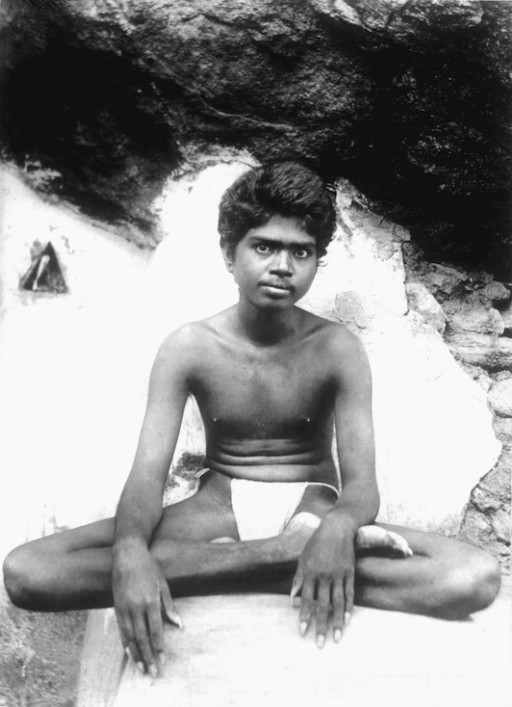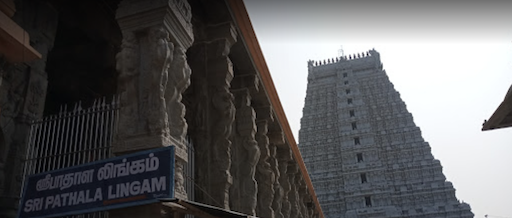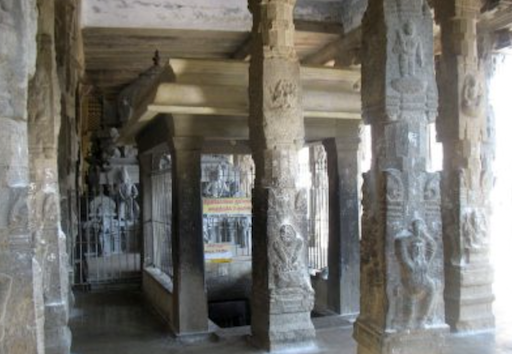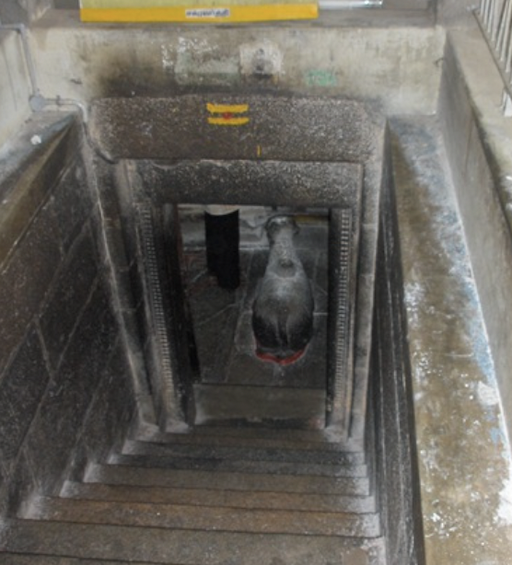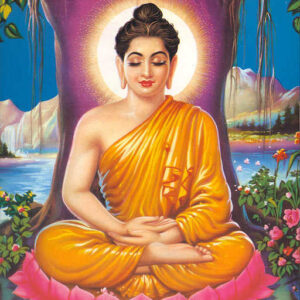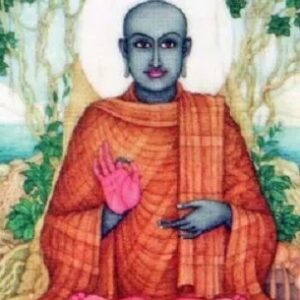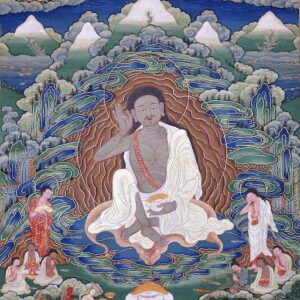The first place that Ramana stayed in Tiruvannamalai was the Arulmigu Arunachaleswarar Temple. For a few weeks he remained in the thousand-pillared hall. But he was soon troubled by the urchins who pelted him with stones as he sat silently. He shifted to an underground vault known as Patala Lingam, where the sunlight never penetrated. Without moving he sat deeply absorbed in the Self and was unaware of being bitten up by the ants and vermin living there. There is a place to sit and meditate. You can go into meditative states here effortlessly.
How to get there
The Patala Lingam is inside the Arulmigu Arunachaleswar Temple. It is located on the right side of the Large Nandi through the entrance from Eastern Gopuram.
Map: https://goo.gl/maps/eUMqYbtTcT1aPVvG9
About Ramana Maharshi:
Ramana Maharshi (“Bhagavan”) was a 20th century South Indian sage who continues to radiate peace and Self-awareness to the global community of spiritual seekers. You do not need to join any organisation, adopt any belief system, or worship anyone or anything to experience this transmission of bliss and clarity. Bhagavan simply points you towards your innermost Self, the unchanging reality underlying all that exists. It is as if your life and the world is a movie; Bhagavan’s practice of asking Who Am I? allows you to find real happiness through the realisation you are the screen itself, not the projected movie.
The turning point in Venkataraman’s life came spontaneously in mid-July 1896. One afternoon, the youth for no apparent reason was overwhelmed by a sudden, violent fear of death. Years later, he narrated this experience as follows:
It was about six weeks before I left Madura for good that a great change in my life took place . It was quite sudden. I was sitting in a room on the first floor of my uncle’s house. I seldom had any sickness and on that day there was nothing wrong with my health, but a sudden, violent fear of death overtook me. There was nothing in my state of health to account for it; and I did not try to account for it or to find out whether there was any reason for the fear. I just felt, ‘I am going to die,’ and began thinking what to do about it. It did not occur to me to consult a doctor or my elders or friends. I felt that I had to solve the problem myself, then and there.
The shock of the fear of death drove my mind inwards and I said to myself mentally, without actually framing the words: ‘Now death has come; what does it mean? What is it that is dying? This body dies.’ And I at once dramatized the occurrence of death. I lay with my limbs stretched out stiff as though rigor mortis had set in and imitated a corpse so as to give greater reality to the enquiry. I held my breath and kept my lips tightly closed so that no sound could escape, so that neither the word ‘I’ or any other word could be uttered, ‘Well then,’ I said to myself, ‘this body is dead. It will be carried stiff to the burning ground and there burnt and reduced to ashes. But with the death of this body am I dead? Is the body ‘I’? It is silent and inert but I feel the full force of my personality and even the voice of the ‘I’ within me, apart from it. So I am Spirit transcending the body. The body dies but the Spirit that transcends it cannot be touched by death. This means I am the deathless Spirit.’ All this was not dull thought; it flashed through me vividly as living truth which I perceived directly, almost without thought-process. ‘I’ was something very real, the only real thing about my present state, and all the conscious activity connected with my body was centred on that ‘I’. From that moment onwards the ‘I’ or Self focused attention on itself by a powerful fascination. Fear of death had vanished once and for all. Absorption in the Self continued unbroken from that time on. Other thoughts might come and go like the various notes of music, but the ‘I’ continued like the fundamental sruti note that underlies and blends with all the other notes. Whether the body was engaged in talking, reading, or anything else, I was still centred on ‘I’. Previous to that crisis I had no clear perception of my Self and was not consciously attracted to it. I felt no perceptible or direct interest in it, much less any inclination to dwell permanently in it.
The effect of the death experience brought about a complete change in Venkataraman’s interests and outlook. He became meek and submissive without complaining or retaliating against unfair treatment. He later described his condition:
One of the features of my new state was my changed attitude to the Meenakshi Temple. Formerly I used to go there occasionally with friends to look at the images and put the sacred ash and vermillion on my brow and would return home almost unmoved. But after the awakening I went there almost every evening. I used to go alone and stand motionless for a long time before an image of Siva or Meenakshi or Nataraja and the sixty-three saints, and as I stood there waves of emotion overwhelmed me.
Source:
https://www.sriramanamaharshi.org/ramana-maharshi/at-arunachala/
https://www.sriramanamaharshi.org/home-3-2-11/
https://www.sriramanamaharshi.org/ramana-maharshi/death-experience/
